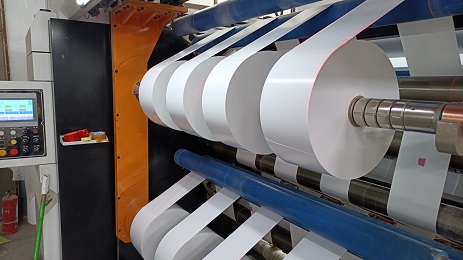Thermal Paper Specifications

Thermal Paper Definition
Thermal paper, also known as thermal recording paper, thermal copy paper, and thermal fax paper, was first developed by Minesota Mining character in 1951 in the United States. Thermosensitive paper is a type of processed paper that is manufactured by coating a layer of "thermal sensitive coating" (thermal discoloration layer) on high-quality base paper and developing color when heated.

Thermal Paper Color Principle
When the thermal paper is placed in an environment above 70 ℃, the thermal coating begins to change color. The reason for its discoloration should also start from its composition. There are two main types of thermosensitive components in the coating of thermosensitive paper: one is colorless dye or dark dye; Another type is a chromogenic agent. This type of thermosensitive paper is also known as bimorphic differentiation type thermosensitive recording paper.
Thermal paper colorless dyes commonly used
Crystal Violet Lactone (CVL), Fluorane System, Colorless Benzoyl Methylene Blue (BLMB) or Spiropyran System of Triphenyl Alkylphthalide System
thermal paper common top and bottom coating additives
Gohsefimer Z-200, Polyvinyl alcohol T-350, Polyvinyl alcohol N-300
Thermal paper commonly used colorants
Bisphenol A (BPA), Bisphenol S (BPS), Sodium N, N-dimethyl-dithiocarbonylpropane sulfonate (DPS), 2,4-diphenylsulfonylphenol (DBSP), Pergafast 201 (PF201)
Thermal paper types
Single defense thermal Three proof thermal sensitive paper Five-prevention thermal paper








